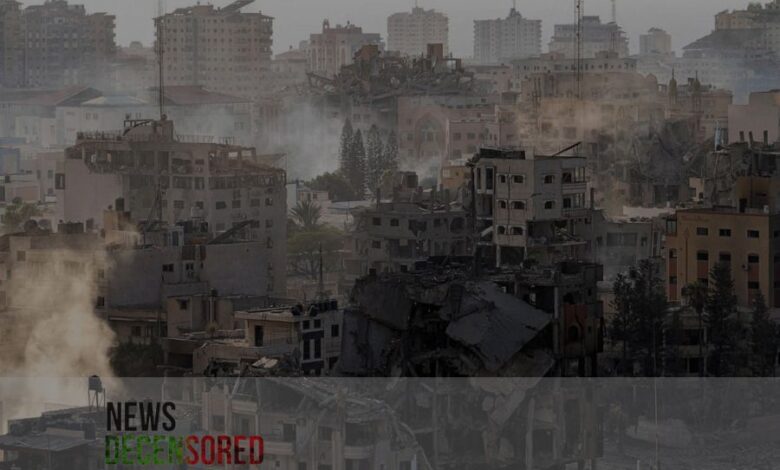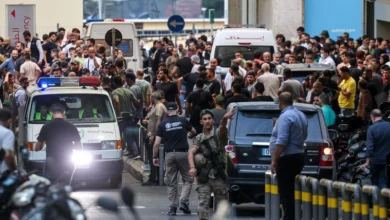How is Media impacting the perception of the world about the Israel-Palestine war

This article highlights the power of the media and its potential for both positive and negative influence generally as well as specifically in war situations.
Here are some key points to consider.
● Specific Differences: The analysis could explore specific differences in how US media covers the Israel-Hamas conflict compared to international outlets. Does the US focus more on casualties on one side? Is there a difference in the language used to describe actions by each party?
● Impact on Public Perception: The discussion can delve into how these media coverage differences might impact public perception. For instance, might US audiences be more likely to view Israel as the victim or Hamas as the aggressor based on the news they consume?
● Role of Social Media: The analysis could also consider the role of social media in shaping public perception. Social media allows for unfiltered, often one-sided narratives to spread quickly. How does this factor into the overall media landscape?
By exploring these questions, you can gain a deeper understanding of the complex relationship
between media, war, and public perception.
The Israel-Palestine war is the biggest voucher to prove the stated argument. In the US-media, there is no discussion that sheds light on how Israel is violating human rights in Gaza. On the other hand, words like ‘moral cleansing’, ‘genocide’, and ‘savages have been used against Palestinians, but none of it was treated with a shock as it is expected to. There are numerous examples of American media firing their employees on giving their opinion on Palestinians being the victims, calling for a ceasefire or condemning the cutting out the electricity supply in Palestine.
All this causes the world to see the side that the media wants to show without ever actually realizing who the victims are.
There is little to none coverage of what’s happening in Gaza, even after 5 months of brutality and chaos. And that is keeping the world from seeing reality. There is almost no focus on the ceasefire in western media, although they are talking about the aid. Some disturbing videos can be found as evidence of how Palestinian are living amidst the dead bodies prepared to be the next. They are starving, lacking medical assistance, electricity and even basic aid.
Social media can be a double-edged sword when it comes to information about conflicts. Here’s
a breakdown of the key points:
Challenges:
Misinformation and Disinformation: Social media allows anyone to post anything, regardless of accuracy. This can lead to the spread of false information (misinformation) or misleading information presented as fact (disinformation).
Limited Knowledge: People may share information without fully understanding the complexities of the conflict, potentially amplifying biases.
Viral Content: Sensational content, often graphic or emotionally charged, spreads quickly online, even if it’s untrue.
Real-time Fact-checking: Verifying information in the midst of a fast-moving conflict can be difficult.
We need to take these measures before posting or believing in anything we see online.
Verification: Don’t take everything at face value! Seek out trustworthy sources like established news outlets, official organizations, and fact-checking websites.
Media Literacy: Be critical of what you see online. Look for evidence to support claims, and consider the source’s potential biases.
Variety of Sources: Rely on a range of reputable sources to get a well-rounded picture of the conflict.
Be Skeptical of Emotionally Charged Content: Sensationalized content is often designed to evoke strong emotions and may not be accurate.
By being mindful of these challenges and adopting these practices, we can become more
responsible consumers of information online, especially during conflicts.




